How did the news of the Liberation War get published in the Pakistani media
Share on:
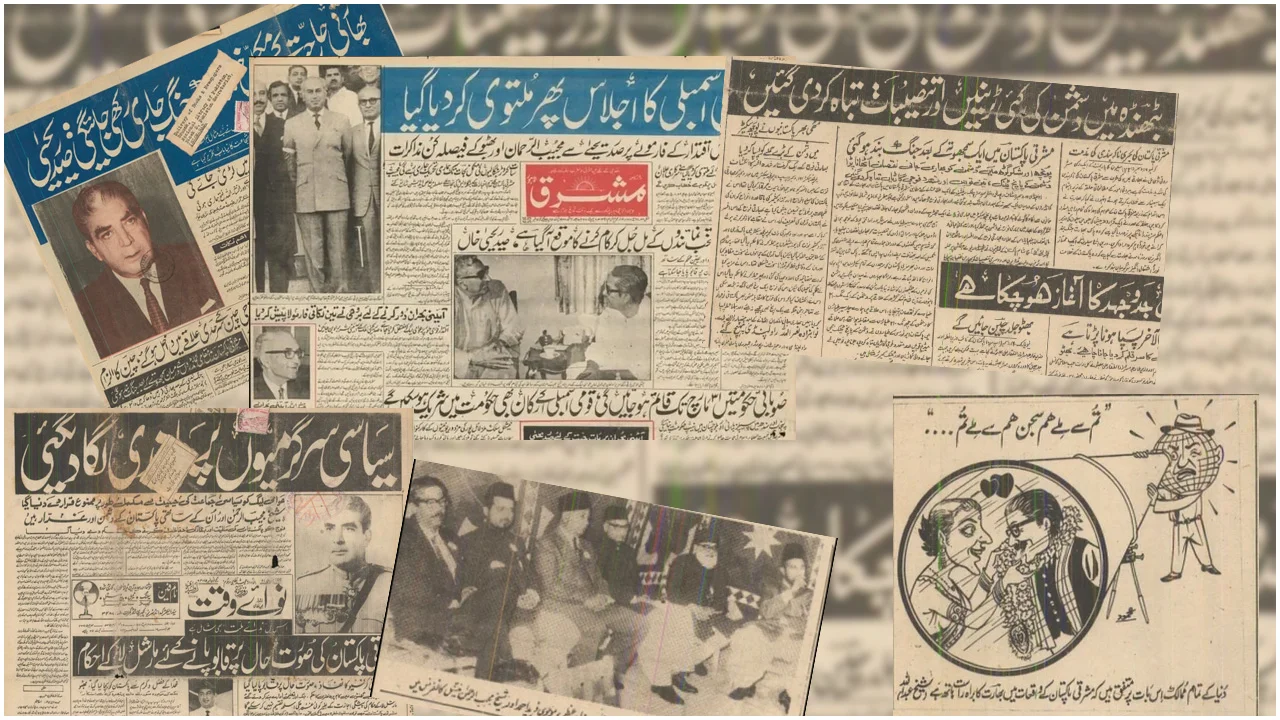
The year 1971 was a very difficult moment in Pakistan's history. The loss of control of Dhaka was called the 'Fall of Dhaka' or the 'Fall of East Pakistan' in the country's media. At that time, Adris Bakhtiar was working in the newsroom of Pakistan Press International (PPI). That day, he was stunned when he read a three-line news item on the teleprinter, his hands and feet went numb.
The news reported that an agreement had been reached between Pakistani Lieutenant General Amir Abdullah Khan Niazi and Indian General Jagjit Singh Arora, whereby Niazi surrendered with his troops.
Adris started crying after reading the news. When he placed the news in front of the news editor, he also lowered his head after taking a look. Then Adris sat down from his standing position. Tears were rolling down his eyes. He didn't want anyone to see him in this state.
Whenever people gathered at the Karachi Union of Journalists' office to commemorate the surrender of Pakistani forces in Dhaka, Adris Bakhtiar would recall the incident of that day and share his thoughts with the journalists in a sorrowful voice.

This Pakistani journalist recently passed away. Recalling that day, he used to say, "I was just crying thinking about how to present this news to the people of Pakistan. And our news editor, without whose permission no news was published; he was sitting with his hands on his hands as if he had nothing else to do."
• How did the news get out?
Describing how the news came to light, veteran journalist and editor-in-chief of the popular English newspaper Punjab Punch, Hussain Naqi said that when the news of the fall of Dhaka reached West Pakistan, it was a big challenge for the state media to present the news.
A senior official at Pakistan Radio later presented the news as follows: "A compromise has been reached between two local commanders, as a result of which the fighting has stopped."
Some newspapers reported that Indian troops had entered Dhaka after the agreement, but this news was presented in a very vague manner, so as to have little impact on the public.
The story was originally copied to representatives of three Pakistani government agencies, who wrote it down over phone calls. The following day, the story was published across the bottom half of the front page of Pakistani newspapers.
On the same day, the same page carried an eight-column headline of a speech by the then military ruler, General Muhammad Yahya Khan, published in the state media, in which he declared that the war against the enemy would continue even after the fall of Dhaka.
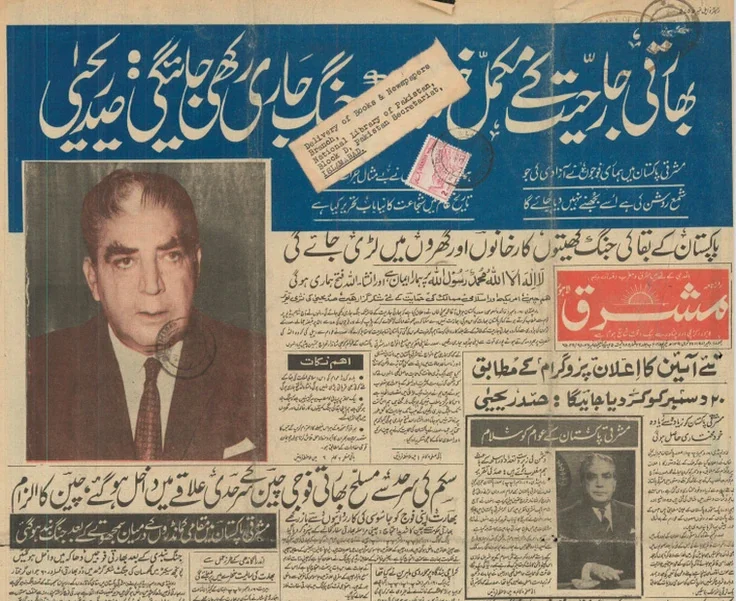
In his speech, Yahya Khan mentioned the news of the agreement with the local commanders in such a way that even if one side retreated, the other side would have to continue the war. However, the very next day, the news of Yahya Khan's ceasefire was published in the newspapers.
• Mujib's opposition to Pakistan's ruling class
Yahya Khan announced a military operation in East Pakistan on March 25, 1971. General elections had been held there about three months earlier, in December 1970. Sheikh Mujibur Rahman's Awami League won the elections with a landslide majority.
But the central government and military officials were not willing to hand over power to Sheikh Mujib. Discussions were held between the central leadership of the majority party, Awami League, and the second-placed People's Party to determine the future political situation. Military ruler General Yahya Khan also came to Dhaka and held talks with Sheikh Mujibur Rahman. But no agreement could be reached.
Journalist Hussain Naqi believed, "Both Zulfikar Ali Bhutto and Yahya Khan wanted to have a greater influence on the future political system despite Sheikh Mujibur Rahman's huge majority. But this desire could not be fulfilled. And that is why the crisis intensified."
General Yahya Khan adjourned the National Assembly session for the second time on 22 March 1971. This naturally angered the Awami League. In an editorial on 3 April in the newspaper Mashreq, published under the government-controlled Press Trust, writer Akhtarul Islam Siddiqui wrote that despite the sincere efforts of the President, Sheikh Mujib remained adamant and tried to implement the separatist policy. They insulted the Pakistani flag and even tore up the picture of Quaid-e-Azm (Mohammad Ali Jinnah).
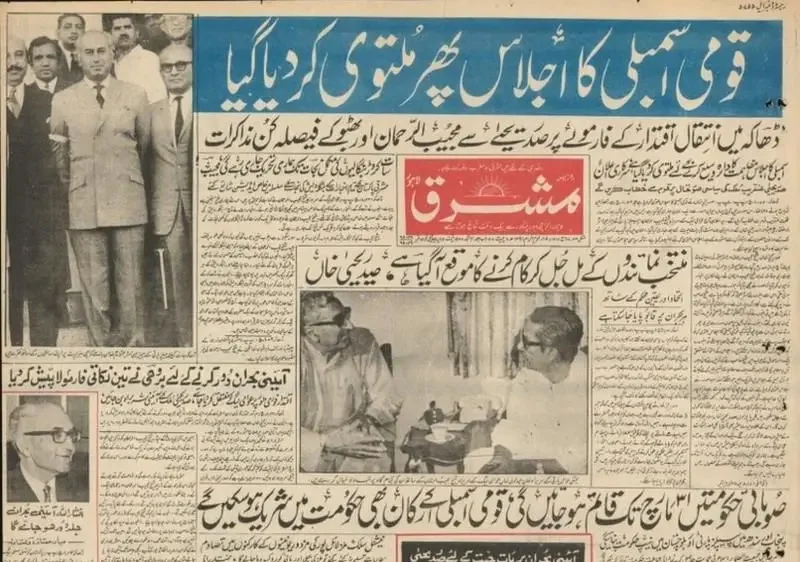
• The people of West Pakistan did not know about East Pakistan.
On March 26, 1971, the front page of the Nawa-e-Waqt newspaper reported clashes between protesters and the army in various cities of East Pakistan, including Rangpur, Chittagong, Saidpur, and Deopur. The report stated that 64 people had been killed in these clashes.
A clash broke out as the soldiers unloaded their weapons from the ship. The next day's newspapers reported even bigger news:
- Ban on political parties across the country
- Declaring Sheikh Mujibur Rahman and his associates as traitors and declaring the Awami League illegal.
- To control the situation in East Pakistan, martial law was introduced and the army was given the responsibility and a curfew was imposed throughout the province.
- Censorship imposed across the country
In March 1971, military operations began in East Pakistan. The military government imposed martial law. Day by day, the independence movement in East Pakistan intensified and the situation went beyond the control of West Pakistan.
According to the martial law administration, this action was necessary because national integrity in East Pakistan was in danger. At that time, due to martial law and censorship, the people of West Pakistan did not know what was happening in East Pakistan.
West Pakistani newspapers were publishing various news about the situation in East Pakistan, including the entry of Indian armed groups into East Pakistan, support for separatists (who were freedom fighters in Bangladesh), sending weapons and huge financial aid to the separatists, and the deterioration of the situation in East Pakistan.
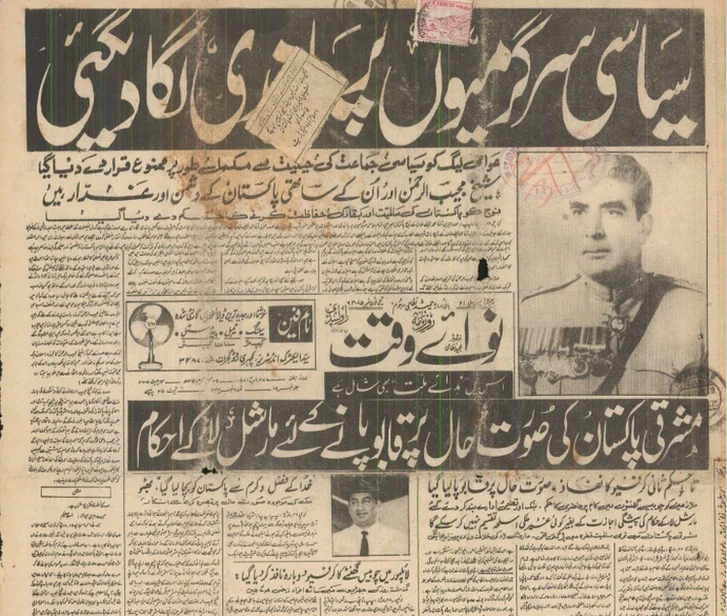
• Condemnation of India's intervention
The government news agency and Radio Pakistan broadcast news of India's intervention in East Pakistan, protesting it, and condemning the activities of separatists in East Pakistan.
After India's intervention in the situation in East Pakistan, the political situation in West Pakistan changed completely. The state news agency Associated Press of Pakistan (APP) published a report on 3 April 1971. There were two important points in this report:
- Awami League chief Sheikh Mujibur Rahman had a plan to destroy the Chittagong port, which was foiled.
- Indian weapons are being distributed widely in East Pakistan.
In short, the news of the fall of Dhaka was not only a major shock to the people of Pakistan, it also brought to the fore the role of the media and the behavior of the government. On the same day, the daily Mashriq Khabar reported, "The Indian government has completed preparations to form a so-called Bangladesh government-in-exile and India will recognize this government once it is announced."
The newspaper quoted Radio Pakistan in another report, stating that there was a major Indian conspiracy behind supplying weapons to separatists in East Pakistan, especially Hindus.
Another report in the same newspaper mentioned that the Indian army has set up camps on the border of East Pakistan; where terrorists are being trained, armed and sent to East Pakistan.
This news created intense anger against India among the people of West Pakistan.
• Sheikh Mujib was called a traitor
Political leaders in West Pakistan reacted strongly to the situation. Willie Khan condemned the Indian intervention, declaring it a violation of international law.
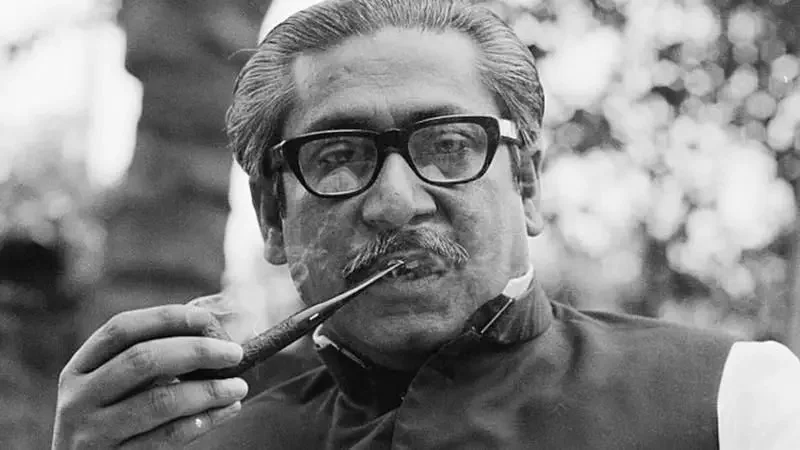
Mashreq's March 27 editorial said, "The American intelligence agency, the CIA, is conspiring to separate East Pakistan to punish Pakistan for its ties with China."
Maulana Mufti Mahmud said that if foreign intervention in East Pakistan was considered legitimate, no country in the world would be safe.
Sheikh Mujibur Rahman said that delay in resolving the crisis would be disastrous. However, his position was not accepted in West Pakistan. After that, the leaders of the East Pakistani independence movement and the Awami League were branded as traitors.
Yahya Khan declared Sheikh Mujibur Rahman and his men as traitors. On the other hand, some journalists and analysts questioned their patriotism. The arrest of Sheikh Mujibur Rahman was referred to in the media as a 'reflection of the will of 120 million Pakistanis'. In addition, Yahya Khan's decision to launch an operation in East Pakistan was supported as historic.
Many political leaders and military officers in West Pakistan claimed that India's intervention in the war that lasted from March to December 1971 was a conspiracy. On 29 March 1971, a resolution was passed in the Indian Lok Sabha, stating that India would fully support the Bangladesh independence movement, even though Bangladesh did not exist at that time.
• Similar news in the press
At that time, Jamaat-e-Islami's Asia and leftist Al-Fateh newspapers, for example, condemned the Indian invasion of East Pakistan and expressed concern about the country's integrity. Hossain Naqi and other journalists have said that despite ideological differences between Jamaat-e-Islami and the leftists, their newspapers' coverage of East Pakistan was largely similar.
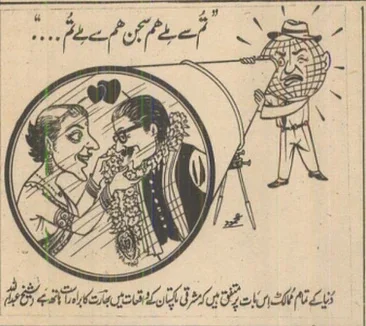
A one-sided message was being broadcast in the West Pakistani media, which harshly criticized the separatist movement in East Pakistan and the leaders of the Awami League. Salim Mansur Khalid, explaining the real picture at that time, said that the media at that time only broadcasted the official statements.
Journalists were fed news from government media sources such as ISPR and foreign ministry bulletins. A former news director of Pakistan Television, who spoke on condition of anonymity, said that at that time there were very few leaders or journalists who came on radio and television to speak against the government's statements.
There were no other programs broadcast at that time except for news programs. After the news bulletin, there would be a special program called "Discussion on News" lasting five to seven minutes, where everyone would present the government's position.
Regarding this one-sided view, a senior journalist holding important positions at PTV said, "The country was at war and the means of gathering news were very limited. The media relied entirely on information provided by government sources and the ISPR."
Regarding how journalists used to get news, he said, there was a press room of the Press Information Department in Rawalpindi's RA Bazar. Journalists were briefed once a day, twice if necessary. In this briefing, the Director General of the Ministry of Foreign Affairs, Dr. Maqbool Bhatti, representatives of the three services and ISPR Chief Brigadier AR Siddiqui would participate. All news related to the operations and war in East Pakistan were provided from here. If necessary, the ISPR would also issue statements.
In such a situation, the people of West Pakistan also thought almost the same. Due to nationwide censorship, there was no opportunity to express any alternative views. An example of the kind of problems newspapers faced in presenting the views of the opposition can be found in the April 1, 1971 issue of the Nawe Waqt newspaper.
On that day, two pages of the newspaper, including the editorial page, were printed blank without any writing. Not only did one-sided news coverage influence public opinion in West Pakistan through official statements, but special articles were also written to give a specific direction to public opinion based on that news.
These articles questioned the patriotism of the Awami League and its leadership and denied their mandate.
• A place of anger for East Pakistanis
Altaf Hasan Qureshi, editor of Urdu Digest, published an article titled 'The River of Love Keeps Flowing'. Journalist Naqi Hussain sees it as part of a government campaign.
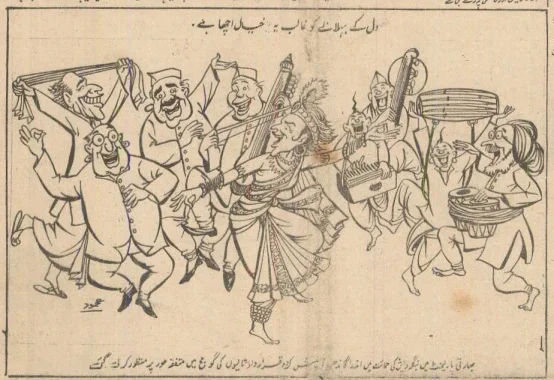
However, Altaf Hasan Qureshi denied this allegation and said, "My article was published in Urdu Digest in 1966. Therefore, calling it part of Yahya Khan's one-sided campaign is not only wrong, but also shameful."
This journalist regularly visited different cities of East Pakistan and spoke to people. There he learned about some of the grievances of the people of East Pakistan. Their grievances started with the 1962 constitution, which completely abolished provincial autonomy, whereas their main demand was provincial autonomy.
Besides, West Pakistan took full advantage of the income generated from jute produced in East Pakistan. At that time, all these news were published in the newspapers, where the leadership of the Awami League and its six points were criticized.
According to Altaf Hasan, despite such allegations, the people of East Pakistan loved Pakistan and wanted to stay with Pakistan. They did not want separation. However, this observation was made in 1966. It was based on this experience of mine that I wrote that famous article, titled 'The River of Love Keeps Flowing.'
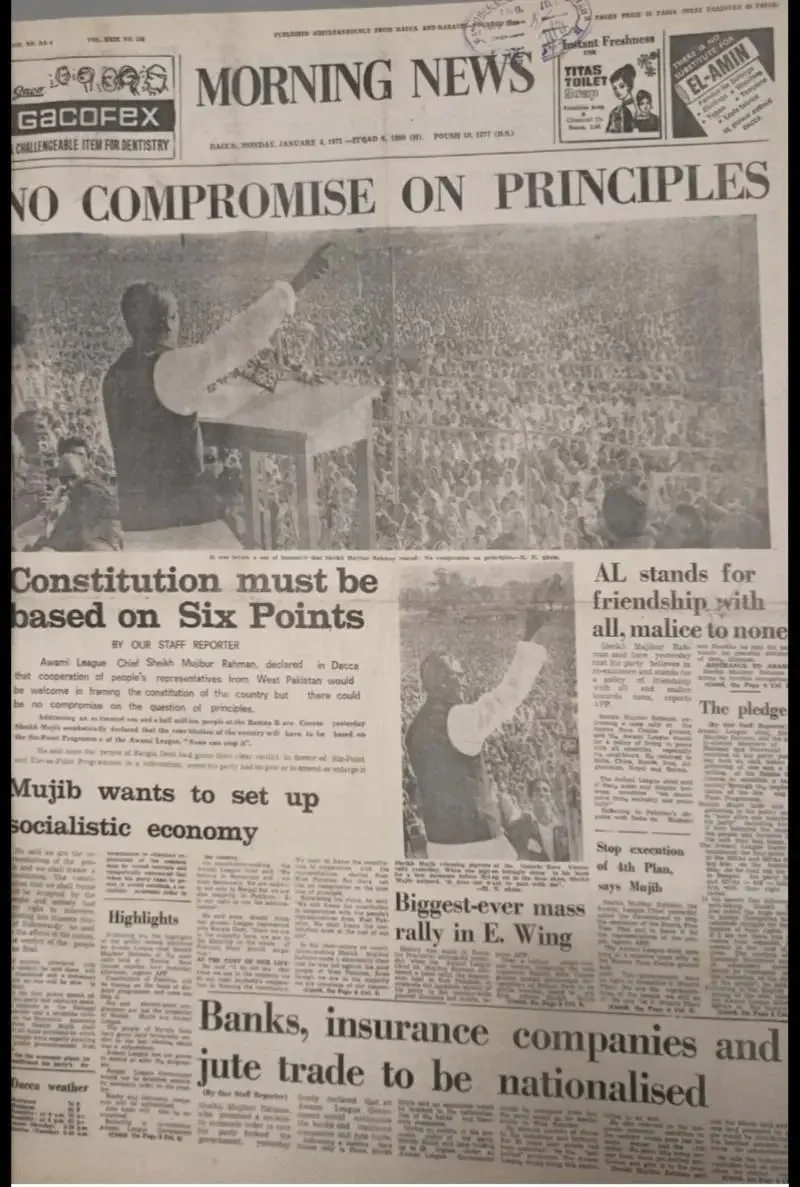
Until the start of the campaign in East Pakistan, the statements of Sheikh Mujib or his colleagues or party were published in some parts of the West Pakistani press, but since the campaign began, they have been labeled as traitors, agents of India, or terrorists.
Sheikh Mujib or his party were not given a chance to defend themselves against these allegations. The correspondent spoke to an elderly woman to understand how this information reached the public at that time and what impact this news had on them.
The 80-year-old woman was young at the time and, as was the custom of the time, she did housework. How did Bangladesh come to be? In response to this question, she thought for a while and said, "My late husband used to say that if the Hindus of East Pakistan had not voted for Mujib, Bangladesh would never have been separated." BBC Bangla.

